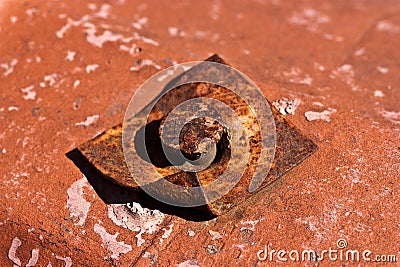 |
| My sister. (As interpreted by 11-year old Claire) |
When I was in the 6th grade, I had an incident my family refers to as the “brown brown brown meltdown.” Alix, my older sister, was in high school and was the standard of beauty in my eyes (she still is). I thought she looked like Snow White. She had glossy onyx hair, olive skin, pink cheeks, long cow eyelashes (not to mention cool clothes and big boobs). I, however, was 11 and painfully skinny. I was in that stage that it is so difficult for little girls, what with gangly long limbs and a bad…really bad… haircut. My skin was dark and the same color as my rat-colored hair. My eyes were somewhere between poo and nutria colored. One day, I couldn’t take it anymore. Through tears, I bawled to my sister, “You’re just so pretty. And I… well, I’m just BROWN BROWN BROWN!”
Now, 12 years later, I’m still in my awkward stage. My haircut is better though, and I learned to put on makeup. And some people spend $19.99 a month to have my color skin (booyah!). To all the awkward little girls out there, know that you will become way less ugly. But it’s okay if you don’t turn into a Disney princess like they lead you to believe you will.
On a whole, all of us people are relatively drab animals. On the outside, we are pretty much varying shades of brown. We like to think we’re all super unique looking. But put together a collage of the entire human population and it will be unmistakably brown. However, we do show some other colors- for instance, our blood is red, and our veins look blue. There are the occasional green and blue eyes. Why are we colored the way we are?
 |
| hstroud.teachforus.org |
Your skin and hair is filled with melanin. There are two types of melanin: Eumelanin and phaeomelanin. Phaeomelanin means “brown melanin” and eumelanin means “true melanin”. Eumelanin can be black or dark brown. African, Asian, and Indian folks have lots of eumelanin in their skin and hair. Phaeomelanin pigments account for the rest of the browns. Think about a kangaroo, or an Irish person. Or a squirrel. Phaeomelanin also includes what we describe as “red hair,” which actually isn’t red red. It’s a very warm brown. Blond/light haired people have both very light phaeomelanin and little of it. Which makes sense.
Eumelanin and melanin can both be present at the same time, and so can create a wide variety of brown colors. Us mammals are loaded with eumelanin and phaeomelanin. So even my Disney princess sister is “brown brown brown” in the end.
 |
| Why blood is red (dreamstime.com) |
Blood is red, but not because of a red pigment. (Bonus points to anyone who can remember what pigments are red!?) Your blood is filled with hemoglobin, which is a little iron-laden protein that picks up oxygen for your tissues. What color do you associate with the element iron? Think about if a piece of iron is left outside in the elements for too long and it oxidizes. It rusts… and rust is red. So blood is actually rusty red. Ah hah!
But when you look down at your arms, you see blue veins. Maybe you’ve been told that if a hemoglobin loses its oxygen, it turns blue. False. Your blood is never blue. If you watch a surgery, you’ll see that veins are not blue in the body. They are a deeper red than the oxygenated blood in the arteries, but not blue. So, that means that blood only looks blue when viewed through the skin. Without getting into the hairy nitty gritty wavelength details, it can be said that skin filters the light in a way that make veins appear blue to our eyes, when they are actually red. It’s your skin’s fault, not the loss of oxygen.
This next one is going to be gross, but enlightening. When you have a pimple, you can see that the stuff in it is white. That stuff is literally a mass of your white blood cells that are trying to fight off the infection in your pore. They aren’t called white blood cells for nothing. They’re actually white.
Eyes, as mentioned, can be a variety of colors. If they’re brown, they are pigmented by melanin. But there are also blue and green pigments that can be produced. Pigments are lipids, meaning they are akin to fats. Next time you’re at a bar, I dare you to tell someone they have a nice fatty eye color. It’ll be really funny, I swear.

No comments:
Post a Comment